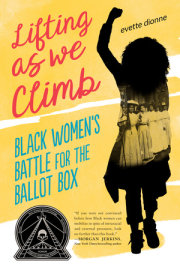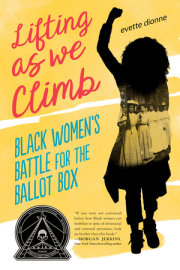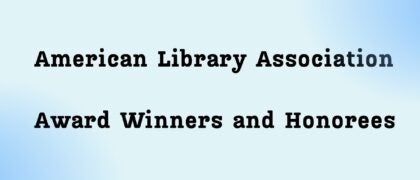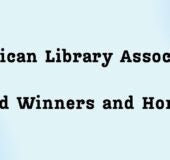Penguin Random House ALA Midwinter Award Winners & Honorees for Elementary Education
The American Library Association (ALA) Midwinter announced their 2021 literary award winners and honorees at its virtual annual meeting. Below you can find which Penguin Random House titles appropriate for Elementary School students were among the winners. To see which Middle School and High School titles were honored, click here. John Newbery Medal When You





